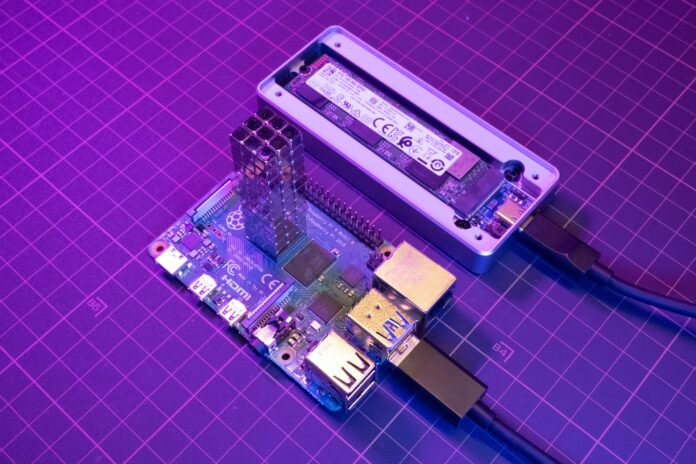
Crazy New Technology
One obstacle to further shrink small wireless devices has been trying to fit all the components onto one chip but U-M researchers have built a tiny silicon-compatible antenna and frequency resonator that will do just that.
The antenna and resonator are two of the most problematic off-chip components in wireless systems. The two components require large amounts of space off the chip-think of a cell phone antenna extending outward-thus limiting how small a device can be built.
Until now, small antennas weren’t power efficient and resonators were not accurate, said Kamal Sarabandi, director of the radiation laboratory in electrical engineering and computer science (EECS). His research group developed the antenna.
The technology is being developed for use in environmental sensors, but could be applied to cell phones, laptops and other wireless devices, said Michael Flynn, head of the wireless interface group.
Technology Advancements
“We could have cell phones almost the size of an earpiece,” Flynn said. “You could have sensor nodes that are almost invisible, you could just sprinkle them around.”
Rather than using a traditional wire antenna, researchers built a slot antenna. In a slot antenna, instead of the metal wire, imagine covering an entire plane with metal, leaving only a slot or groove in the metal bare. Wire surrounds the groove so it’s much more effective at radiating electromagnetic waves in a small antenna, Sarabandi said. Because of the antenna’s shape, the wireless system does not need a network to match the antenna’s frequency to the rest of the electronic device.
Sarabandi’s group has been talking with Intel about a possible collaboration. Intel is interested in using the technology in laptop computers, Sarabandi said. The second component U-M scientists replaced is the quartz frequency resonator, which allows a wireless device to focus on a specific signal and ignore others. The work was done by EECS Prof. Clark Nguyen’s group.
 Instead of quartz, U-M scientists used MEMS-based technology to build the resonator so it can be fitted onto the chip. It functions similarly to how the rim of a wine glass thrums when flicked by a finger. The wine-glass rim design helps retain the purity of the signal.
Instead of quartz, U-M scientists used MEMS-based technology to build the resonator so it can be fitted onto the chip. It functions similarly to how the rim of a wine glass thrums when flicked by a finger. The wine-glass rim design helps retain the purity of the signal.
Rather than using a traditional wire antenna, researchers built a slot antenna.
In a slot antenna, instead of the metal wire, imagine covering an entire plane with metal, leaving only a slot or groove in the metal bare. Wire surrounds the groove so it’s much more effective at radiating electromagnetic waves in a small antenna, Sarabandi said. Because of the antenna’s shape, the wireless system does not need a network to match the antenna’s frequency to the rest of the electronic device.
Sarabandi’s group has been talking with Intel about a possible collaboration. Intel is interested in using the technology in laptop computers, Sarabandi said. The second component U-M scientists replaced is the quartz frequency resonator, which allows a wireless device to focus on a specific signal and ignore others. The work was done by EECS Prof. Clark Nguyen’s group.








